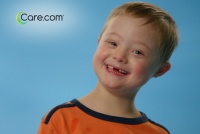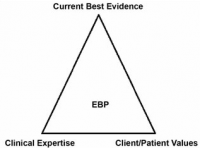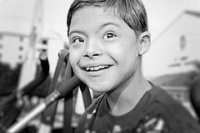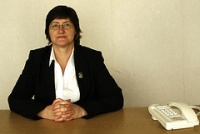
A professor wrote me several years ago. She said she taught articulation and phonology, she had tenure, she did research in phonology, she supervised students, and she had published many articles. She said that she could not “see” the oral-motor problems I was talking about in my writing. She wanted to know what I had to say about that. I wrote back and said that she could not “see” the OM problems I was talking about because she could not…









